By Dave Hallock
Along with several of my Rockport neighbors, I recently had the opportunity to visit with Richard Brocksmith, Executive Director of the Skagit Watershed Council regarding the Barnaby Slough project. The Skagit Watershed Council has responsibilities around reviewing and endorsing salmon habitat projects seeking approval and grant funding by Washington’s Salmon Recovery Funding Board.
I appreciated Mr. Brocksmith’s willingness to come to our neighborhood and meet with Christie Fairchild, Lisa Fenley, Howard Stafford, and me. He listened well to the concerns we shared with him. I heard him emphasize that salmon habitat restoration is a long term effort that depends on community support.
It would be great to see the Skagit River System Cooperative achieve the improvements it envisions in salmon habitat in the Barnaby Reach area — so long as that laudable goal is accomplished in a way which assures that we are safe from any increased exposure to flood risk. Most of my neighbors feel this way, I think.
Assuring that we are safe means making sure that the project takes into consideration future flood conditions given anticipated environmental changes. Climate change studies indicate the high probability of higher river flows and make the historical flood levels insufficient as thresholds for forecasting risk. Further, though, assuring that we are safe from increased exposure to flood risk means avoiding any project design features or elements that open the door to more damaging events with greater potential harm.
The proposed channel is such a feature. A wide and deep channel to divert significant Skagit River flow across the flood plain into Barnaby Slough will present the Skagit with the opportunity to change course, threatening our neighborhood and exposing us to the risk of great harm.
The project proponents have employed consultants to produce analysis showing minimal flooding under certain conditions, but such studies have been shown to be highly unreliable in predicting complex environmental behavior. My consultations with experts in probability tell me that constructing a channel will increase the kinds of catastrophic events that may occur AND increase the probability of greater damage and harm from such events.
What we have here is a project being advanced based on analytical predictions under fairly normal, predictable circumstances using modeling that appears in its complexity to be precise and worthy of trust, when in fact the project as currently envisioned features design elements which do open the door to harmful events and consequences.
We have just witnessed an election for the Presidency that was analyzed by a myriad of organizations using highly complex forecasting models – and insofar as I’ve been able to tell, no one got it right, except the folks in rural America who knew exactly how they were going to vote. And, predicting voter behavior is kid’s play compared to predicting the behavior of a wild river like the Skagit.
So, I feel more than strongly that the Barnaby project must be evaluated by far more conservative criteria than the 100-year flood threshold. We need to take into consideration the probable effects of climate change, of course, but we also need to respect the fact that this isn’t a project out in the middle of nowhere. It’s being planned immediately upriver of a century-old residential neighborhood that’s located at approximately the same elevation as the Barnaby Slough.
Not only is it imperative that our neighbors feel safe with such a project, it’s critical that the project not bring with it any negative general public concern about risk exposure that would impact property values here.
We also discussed the fact that the project sponsor has not met its stated commitment to meet quarterly with concerned citizens here. There’s a general sense that the Skagit River System Cooperative still isn’t communicating with us as well as we want them to and as they promised.
I tend to distrust purpose driven science and analytical work that isn’t transparent. True science is completely open, featuring full disclosure for the purpose of assuring validity and integrity. That’s not what we have here, of course, as the Skagit River System Cooperative and its partners (Seattle City Light, The Nature Conservancy and the Washington Department of Fish and Wildlife) are seeking funding and regulatory approval for a project which is one-sided in its preoccupation with fish versus the welfare and interests of citizens who live and work and own real estate in proximity to the project. We would hope, however, that these agencies and their leaders would assume an open and collaborative attitude and involve us as community partners in achieving optimum results that meet everyone’s needs.
Mr. Brocksmith shared with us that the project partners have taken a turn toward developing a project which is not just for the fish, but also intends to serve the community and make it safer than it is now. They are seeking funding in support of such a project from Floodplains by Design. I was not aware of this development and would like to know much more about it. It sounds as though they aim to move in a more win-win direction. I hope they include our neighbors comprehensively in that venture, as there are wise people here like Howard Stafford and Christie Fairchild, as examples, who know a great deal about this area.
I remarked in our meeting that the Skagit River System Cooperative folks have felt to me like the famous image of W. C. Fields playing poker, with his cards held close to his vest. This comes from our experience of feeling as though people with a one-sided passion for fish and little if any true empathic attunement with the broader and somewhat conflictual interests of our neighbors have been trying to slip something dangerous past us. Secret science and close-to-the-vest handling of study and modeling factors adds to the climate of community distrust and undermines cooperative and collaboration, and I don’t think it’s necessary or desirable.
We touched on some of the concerns raised by our research into the pitfalls of environmental modeling, which should encourage everyone to be conscientious and wise about using the kind of apparently sophisticated analytical work that’s been done and is being done relative to this project. Our perception is that there is an assumption of validity by individuals charged with project review. Everyone associated with evaluating a complex project of this nature should approach it with an attitude of intellectual skepticism. Their responsibility for the well-being of our community demands careful, objective judgment. We’ve seen the opposite already in the endorsements of Fish and Wildlife, Seattle City Light and Nature Conservacy executive leaders.
I gave Mr. Brocksmith a book by Washington Department of Ecology geologist, Linda Pilkey-Jarvis, and Professor Orrin Pilkey, entitled, USELESS ARITHMETIC: WHY ENVIRONMENTAL SCIENTISTS CAN’T PREDICT THE FUTURE, which discusses these issues in detail. I also passed along a copy of an article they wrote which gives an overview of key points they covered in the book, “Useless Arithmetic: Ten Points to Ponder When Using Mathematical Models in Environmental Decision Making.” From my vantage point, the book and article are illuminating and I wonder, of course, to what extent the criticisms and concerns they express are applicable to the way the Skagit Watershed Council and other decision makers use and rely on the studies and analytical output for projects like the Barnaby Reach project.
Finally, I took the opportunity to briefly mention two abiding concerns I have about all human initiatives of this kind. One is hubris – in this case, the well documented history of humankind’s bias toward thinking and acting as though people can control nature. From the ship Titanic to the Army Corps of Engineers repeated failed attempts to control the Mississippi, to recent river-related initiatives right here in our region, nature keeps telling us that she has a mind of her own. I see underlying assumptions of that nature in the Barnaby Reach project vision.
Let’s give Mother Nature the respect she deserves and demands of us.
The other abiding concern is one-sidedness, the common human tendency for people to become so focused on a single goal that they lose the capacity to appreciate or respect or even see the consequences of their actions. Typical corporate profit oriented behavior demonstrates this reality every day, but one-sidedness and it’s damaging consequences is present wherever passionate people are preoccupied with particular aims and thus fail to see the whole picture and respect the needs and values of others.
I’m pleased that we’re seeing an apparently broader orientation among the Barnaby Reach project partners which may lead them to really respect and collaborate with our neighbors. If they will also be realistic and grounded in the reality that their project should not be carried out in a way that increases our exposure to flood risk, not just in terms of regulatory thresholds, but in terms of real potential for causing a shift in the Skagit River, I think we can achieve outcomes that satisfy all of us.
1 comment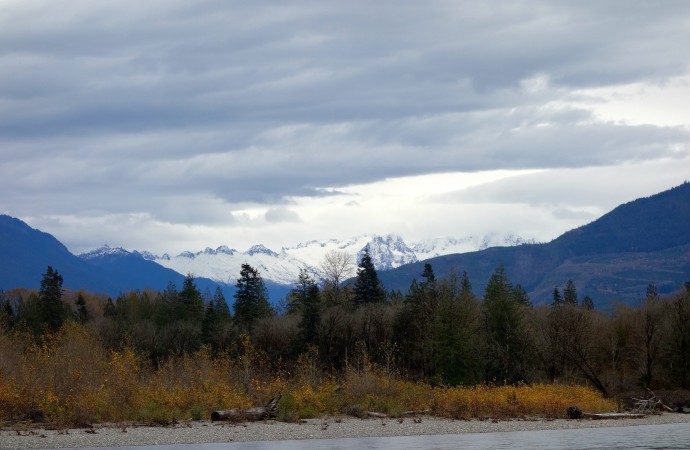


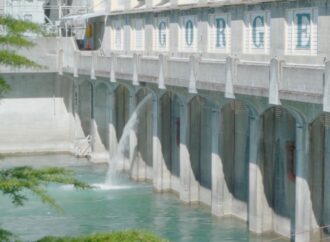
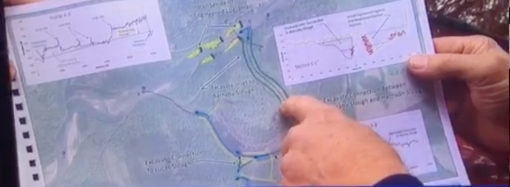
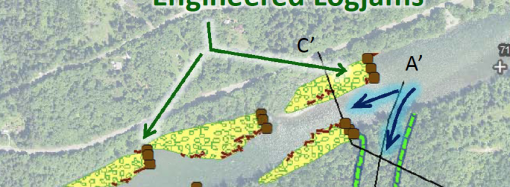

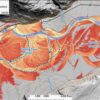

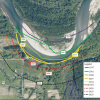
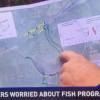
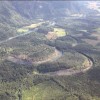
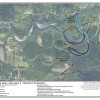
1 Comment
CHRISTIE L FAIRCHILD
November 12, 2016, 5:29 pmWell said, Dave! Thank you for continuing the good fight in such a clear and articulate way.
REPLY